Let’s Explore it
A Mix Between Historical Heritage & Urban Bustle
Yekaterinburg stands on the eastern part of the Ural Mountain chain. The city was founded in 1723 on the river Iset and during the 18th century turned into the major metallurgical center of the region. For a long time, Ural’s severe climate and wild vegetation made the occupation of the land very difficult: before the reign of Ivan the Terrible, there was no much interest in the region to conquer these lands.
However, during the 16th century, iron mines began to be exploited and forts were built to protect merchant counters – it was the beginning of Ural’s colonization. It was found that the region was very rich in natural resources: iron, steel, copper, nickel, gemstones. Further, at the beginning of the 18th century, the Ural region acquired the interest and large-scale iron production was launched.
short city information
LOCAL TIME | UTC+5 |
|---|---|
CLIMATE | Temperate/Severe |
POPULATION | 1,5 million people |
HOW TO GET | 2,5 hours by plane from Moscow |
HIGHLIGHT | Burial of the Romanovs, Europe/Asia Border |
types of tourism
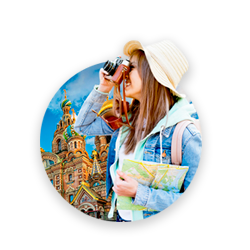
Excursion
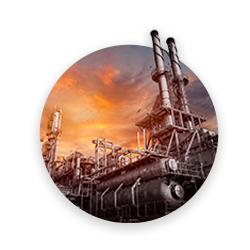
industrial

nature
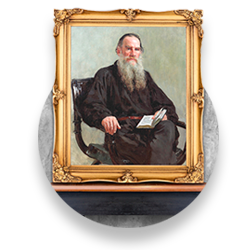
Theme
The most heartbreaking tragedy
The Romanovs
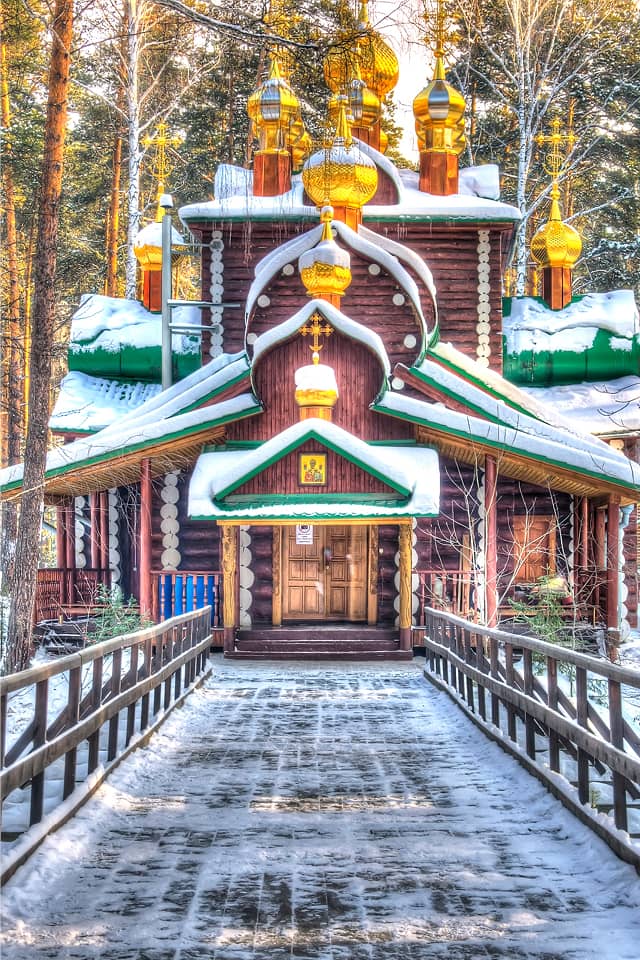
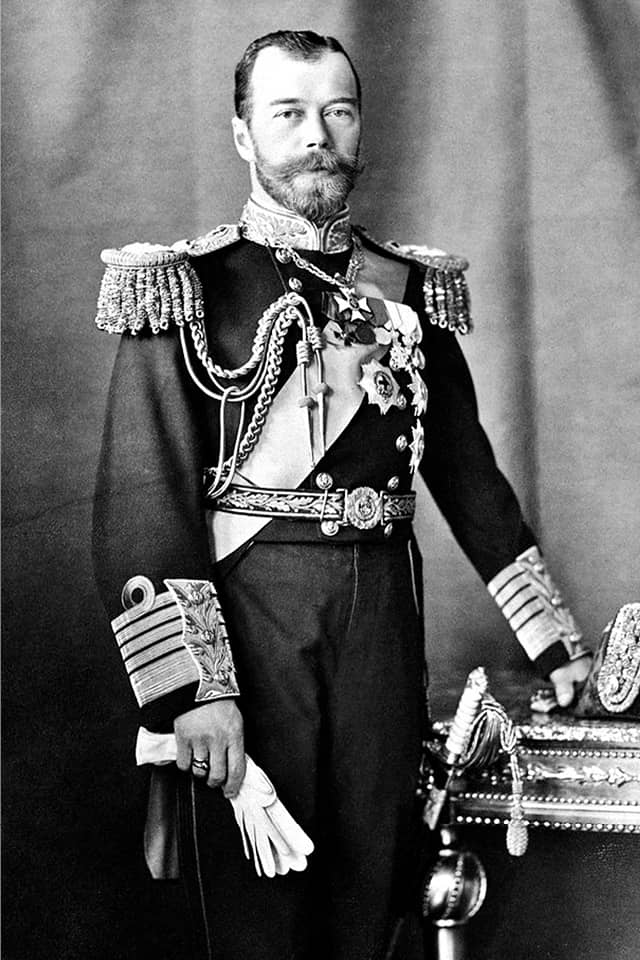
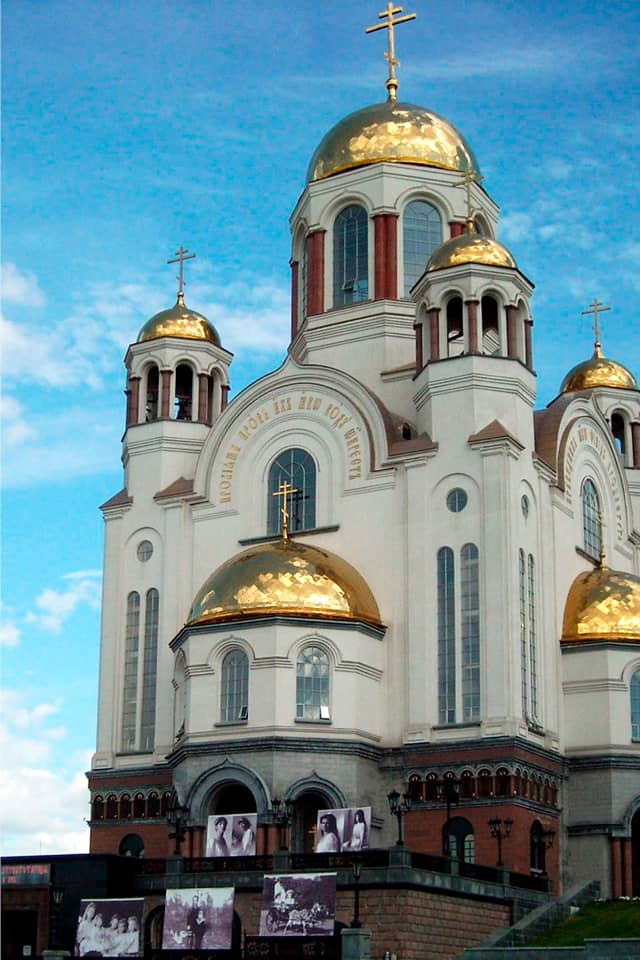
Two continents
Window to Asia
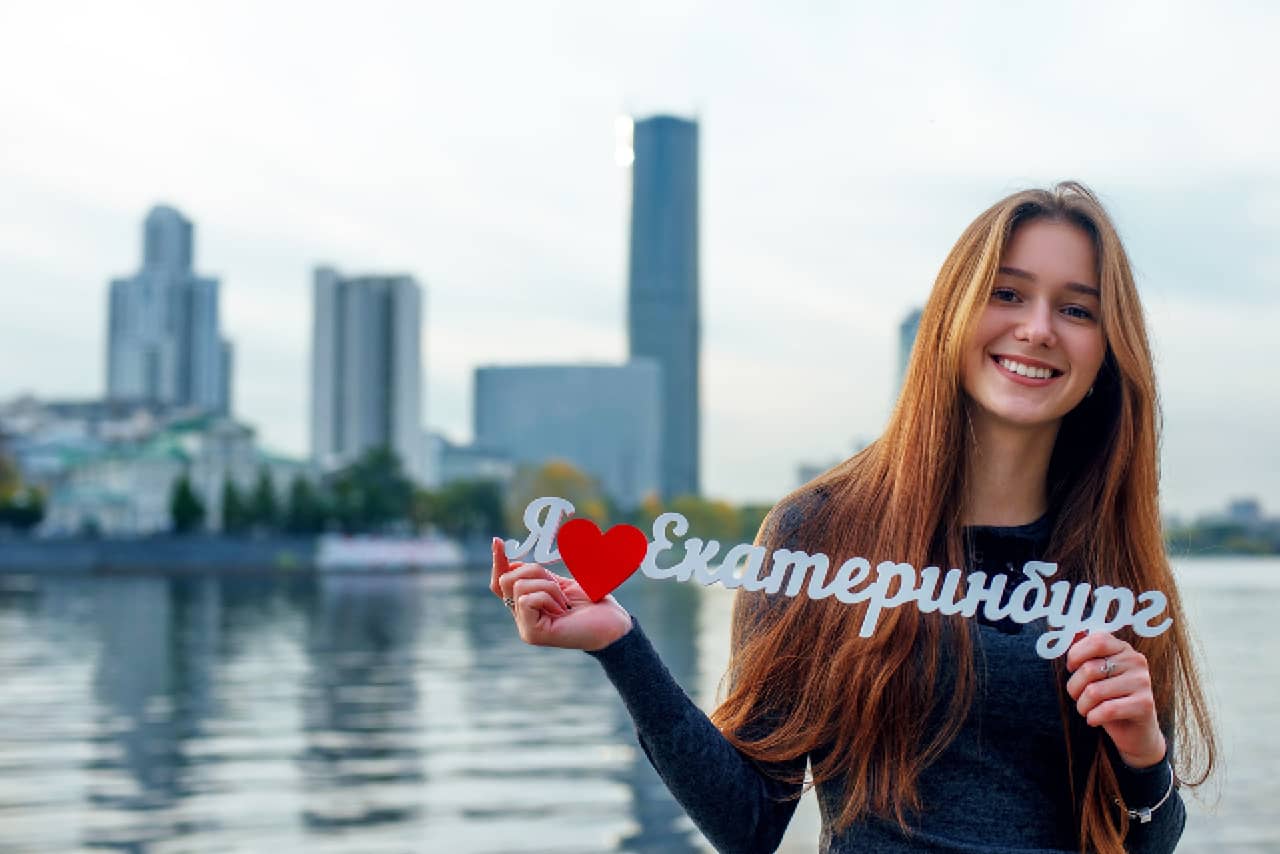
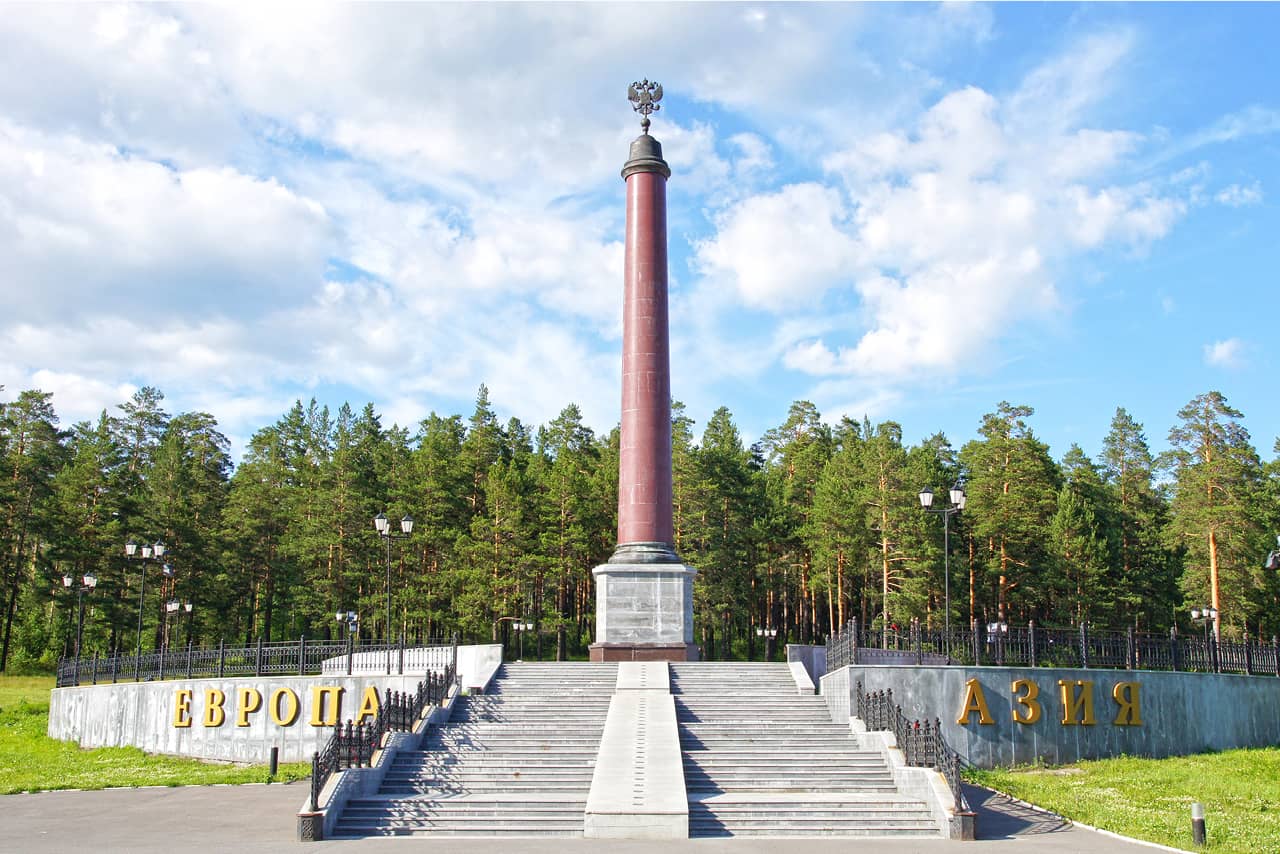
Photo provided by Yekaterinburg Tourism Board
The beauty of the Region
Around Yekaterinburg
The Ural region is characterized by a wide variety of amazing natural landscapes. Around Yekaterinburg, there are a lot of national nature reserves, which are worth visiting to see how wonderful and diverse the nature of Russia is. You can enjoy picturesque views of mountains and rocks, caves, rivers, lakes, forests, and waterfalls.
The main mountains of the region, the Urals, stretched from north to south for more than 2.5 thousand kilometers. A great mixture of the historical, cultural, and natural legacy of Yekaterinburg won’t leave someone indifferent.
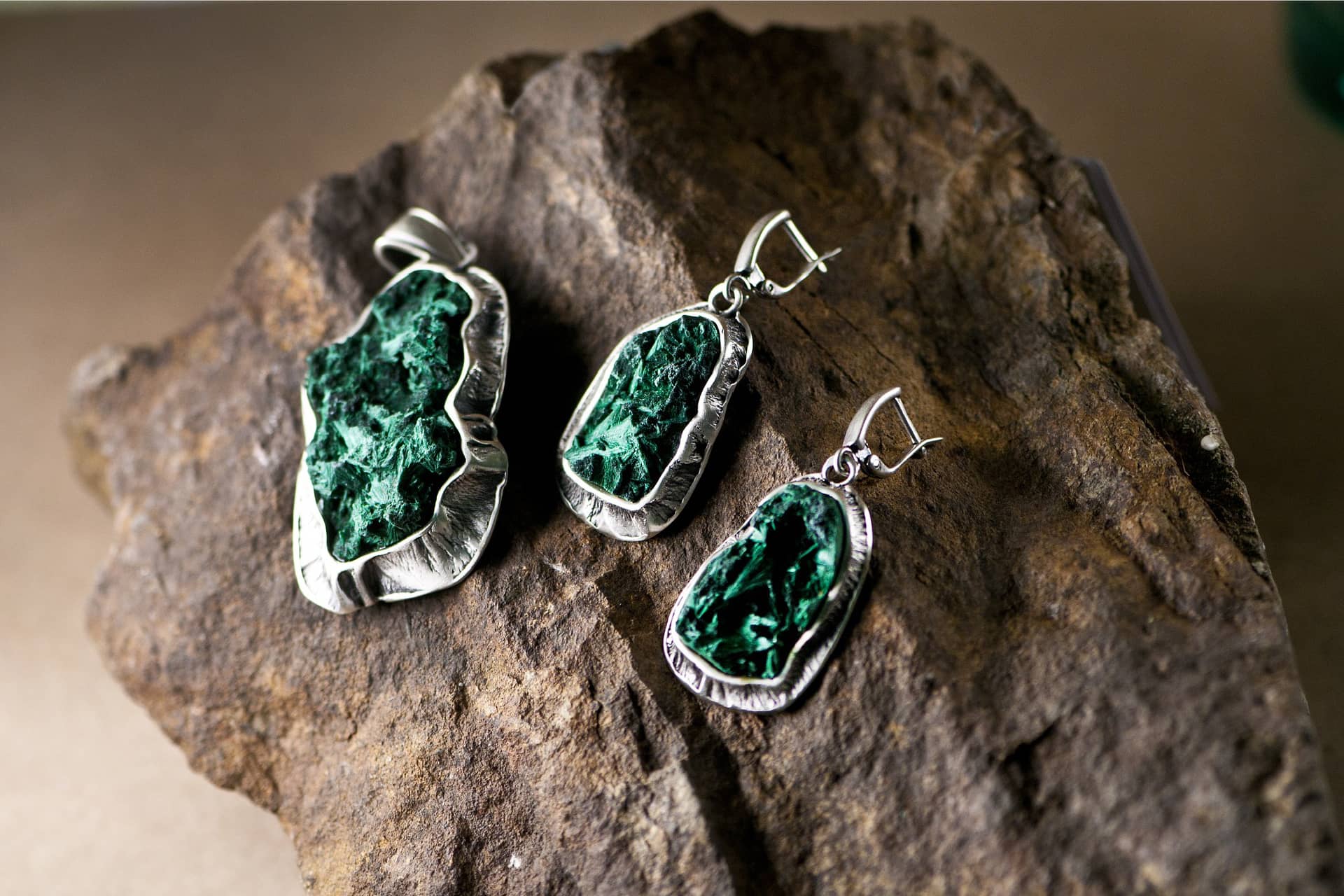

The Precious Masterpieces
Stone-Cutting & Jewelry Art Museum
The Urals are rich with precious and semi-precious stones. Minerals have been extracted here for many centuries. During its historical development, the region has been closely connected with jewelry art.
You can visit the Stone-Cutting and Jewelry Art Museum and enjoy the fascinating collections of unique jewelry created by the best masters of the region in different decades. The Emerald room is a pride of the museum. Besides the amazing unique emeralds, the collection includes alexandrites, phenacites, aquamarines, and beryls. Everyone is welcomed to enjoy the real precious masterpieces.
Yeltsin Centre
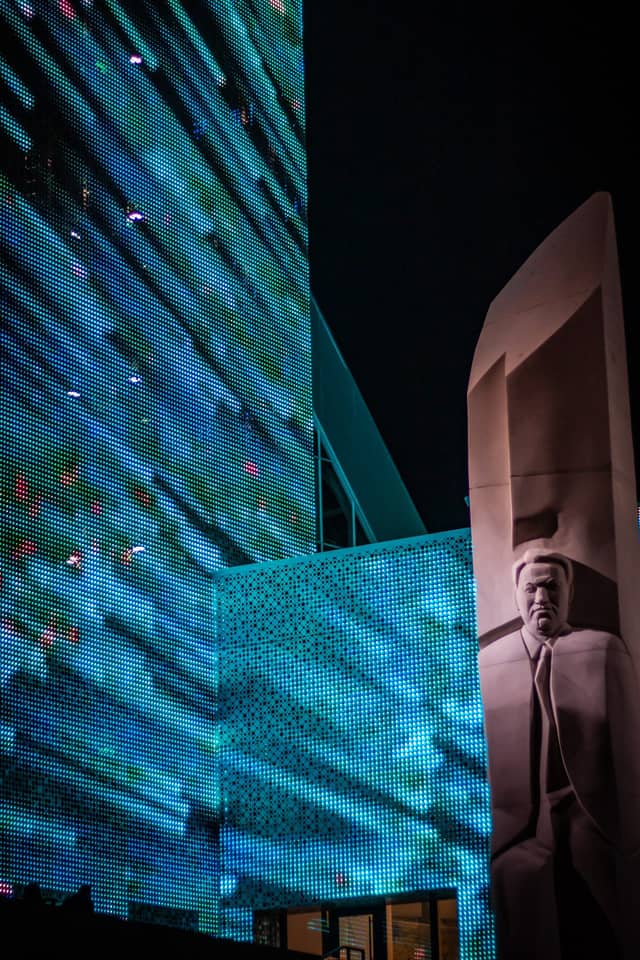
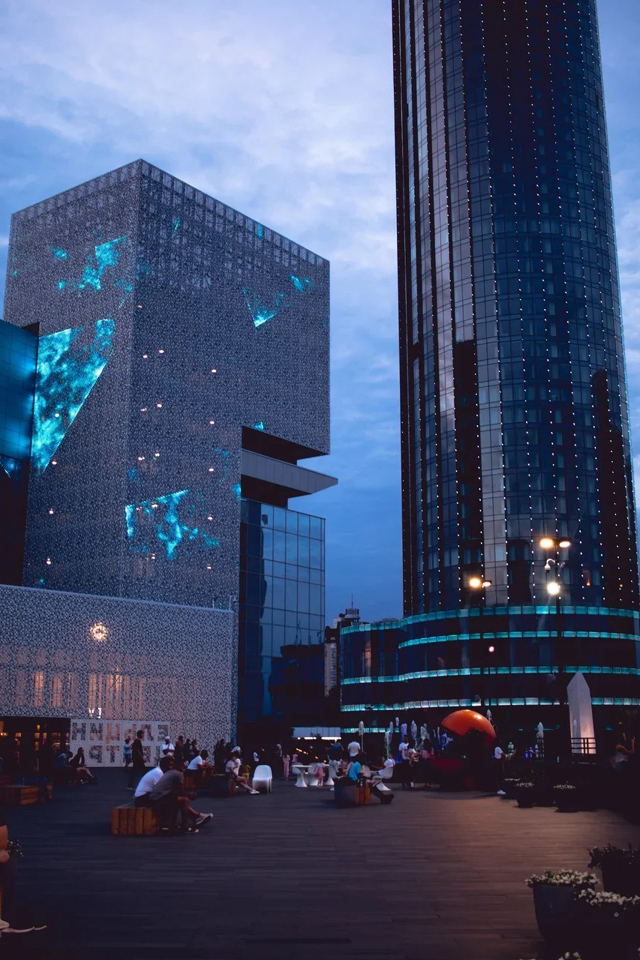
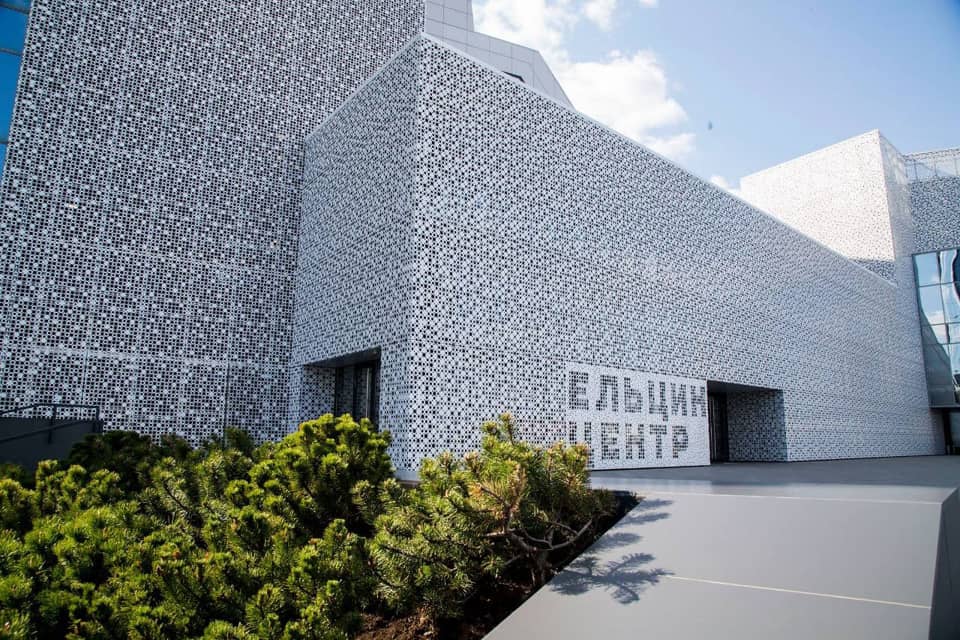
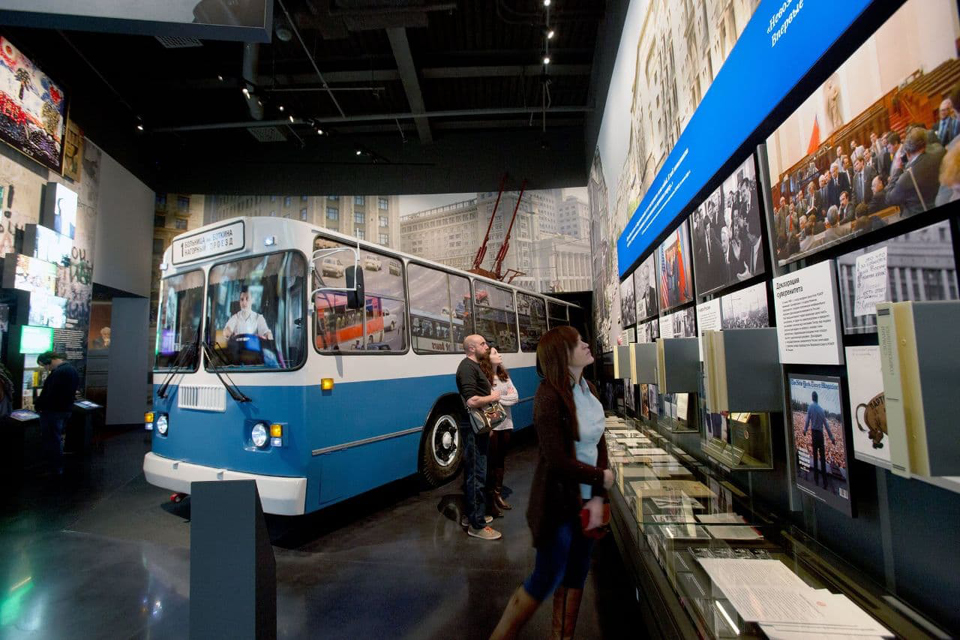
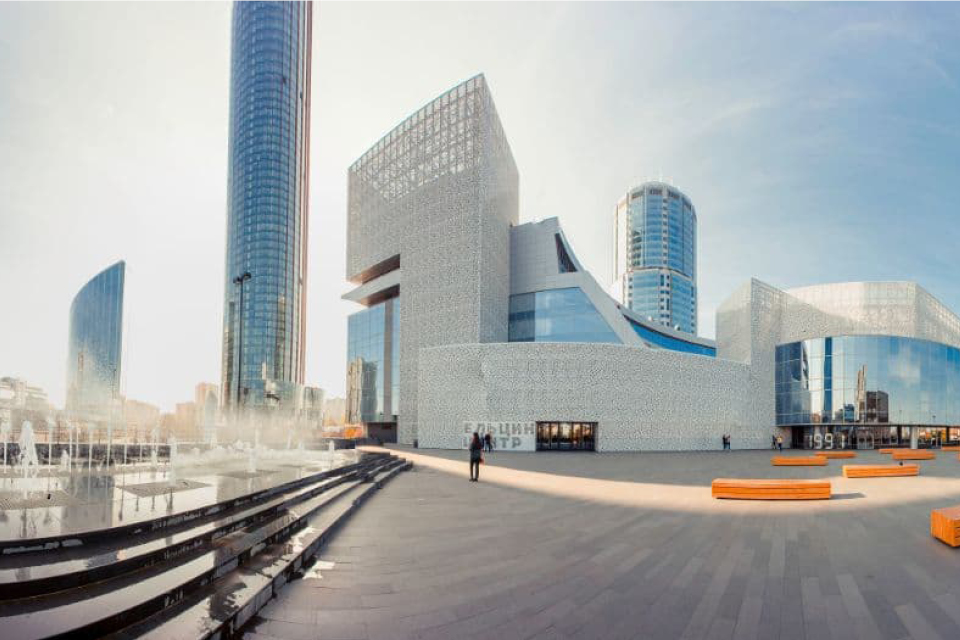

Fabulous Palace
Sevastyanov's House
This amazing site is one of the main landmarks of Yekaterinburg. The bright image of the building draws any attention, it can be found in guides, on souvenirs, postcards, etc.
The mansion dated back to the beginning of the 19th century and belonged to the local assessor Sevastyanov, who transformed the classical facility into a real masterpiece. The decoration was rather complicated with elements of Gothic and Baroque, due to which it looked like a fabulous palace. Nowadays the building is a residence of the governor of the region.
What Else
View More Destinations
want more?
More pictures inside the Gallery

